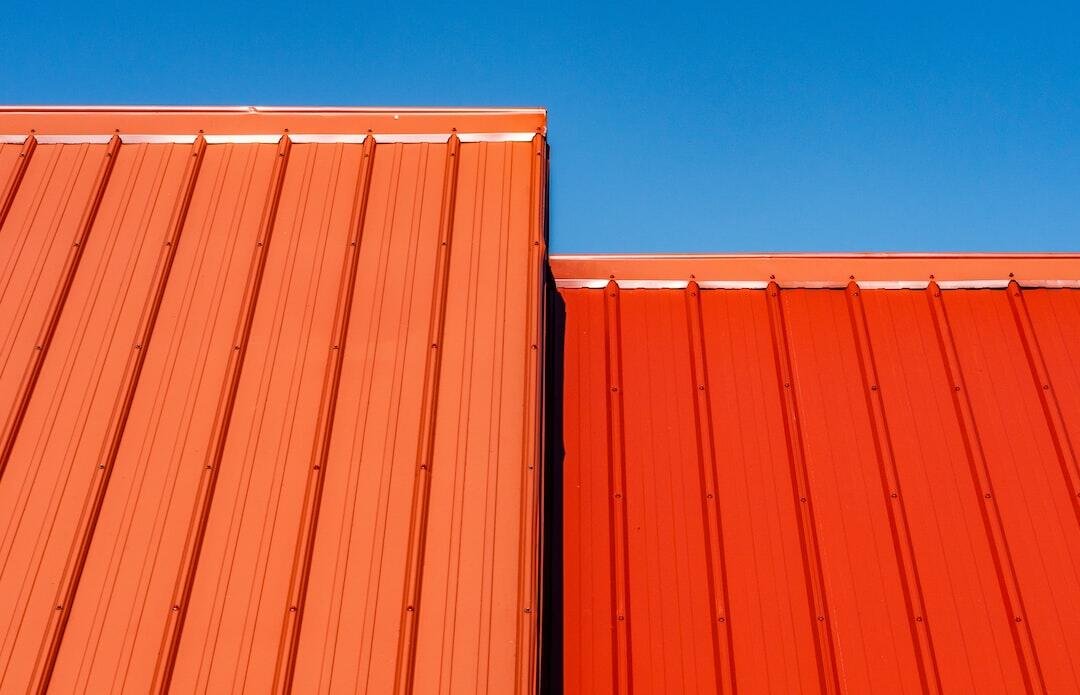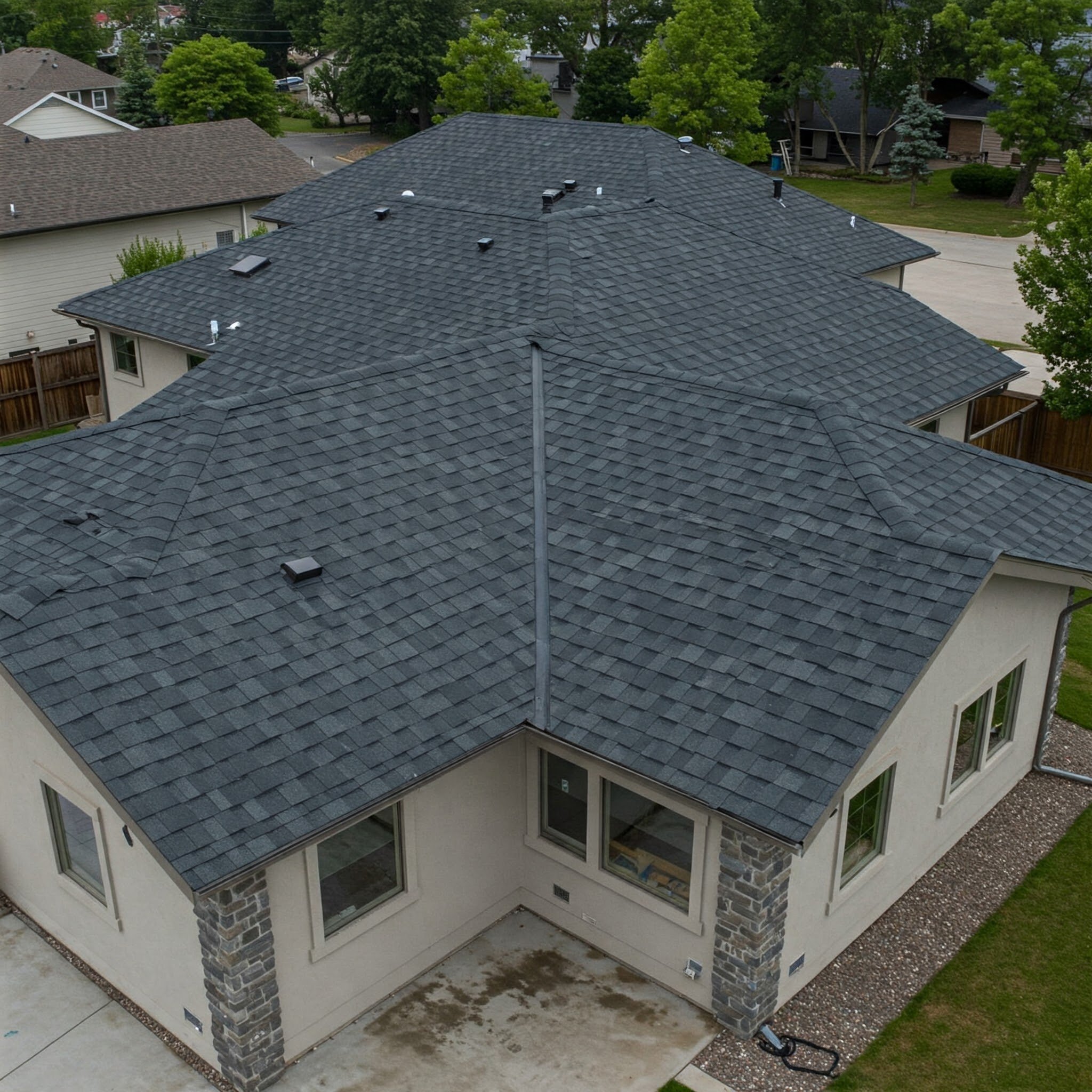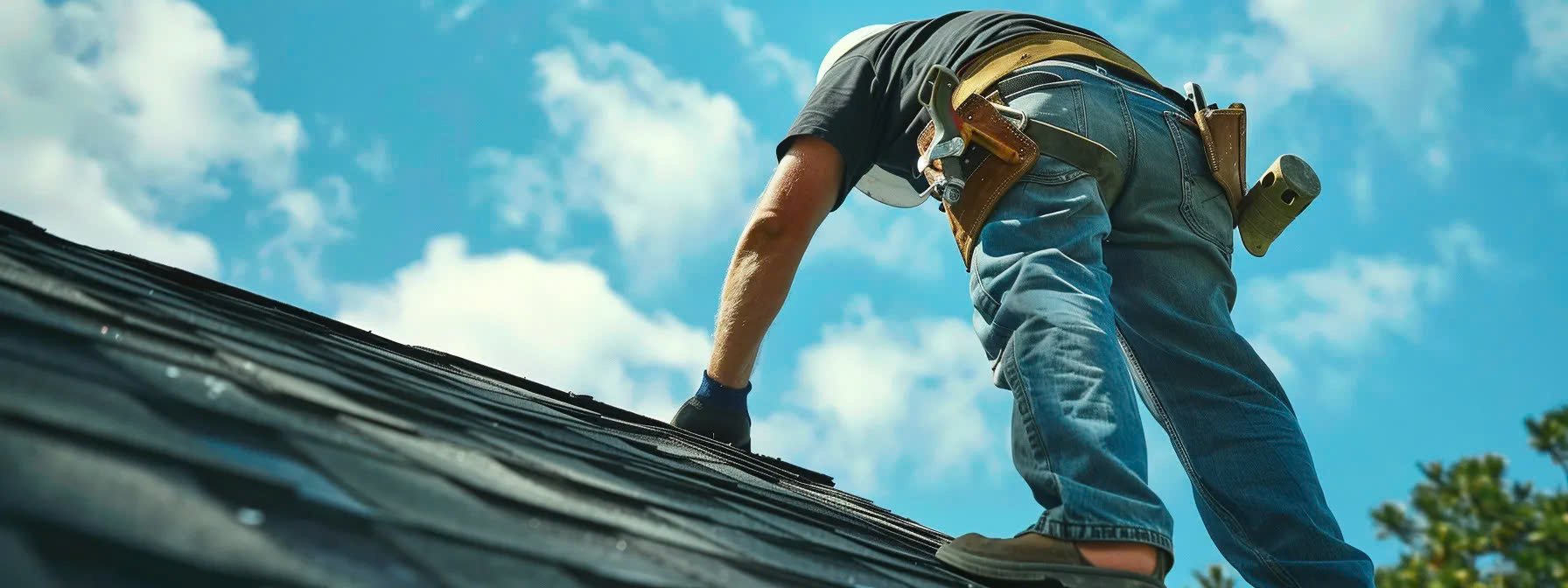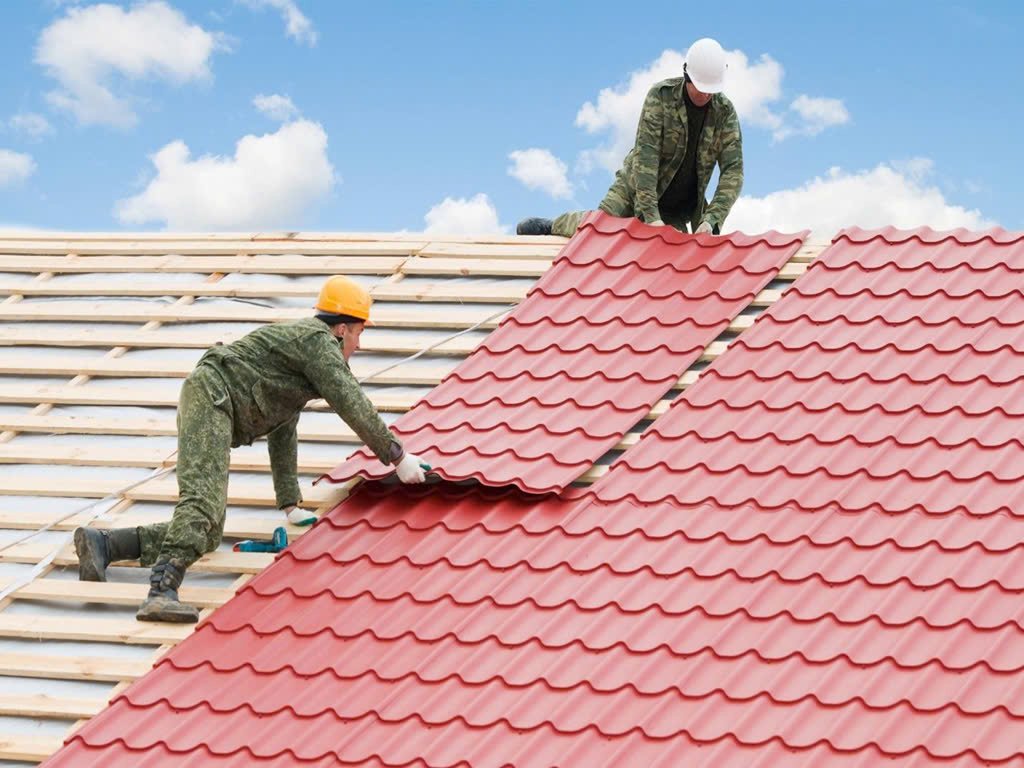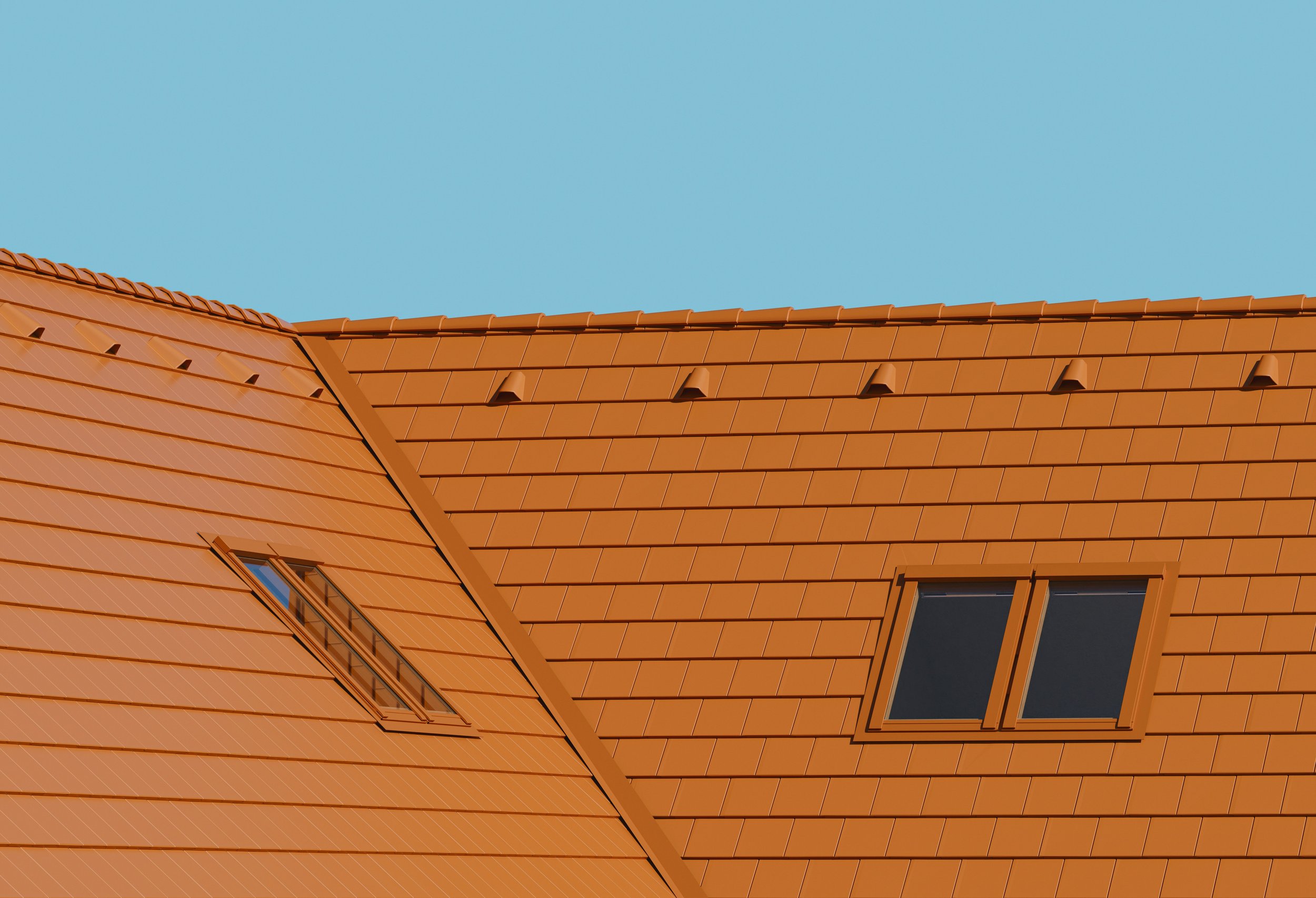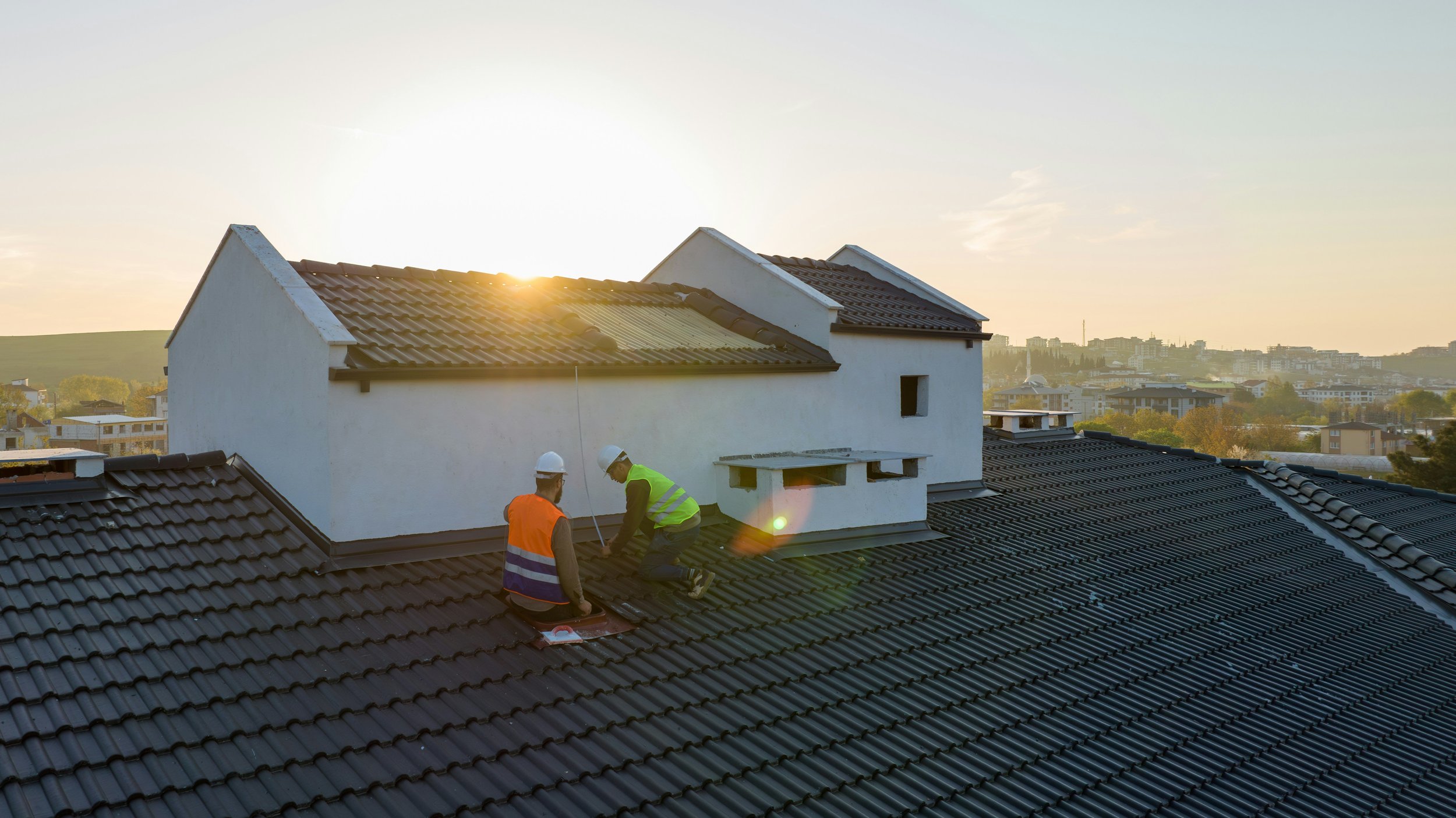What Are the Parts of a Roof Called?
Learn about the different parts of a roof and their functions with this comprehensive guide to roofing terminology and components.
Roofs are pivotal not only in protecting us from the elements but also in defining the overall aesthetic and architectural character of our homes. Each part of the roof structure plays a crucial role, from offering structural integrity to providing insulation and ventilation. For any homeowner, understanding the terminology parts of a roof can be incredibly beneficial, especially when discussing options with a roofing contractor in the US or planning maintenance tasks like roof cleaning or roof repair. In this post, we dive deep into the different parts of a roof, accompanied by a parts of a roof diagram to help visualize these elements.
Structural Elements of a Roof
Rafters and Trusses
These are the bones of your roof, providing the necessary framework to support the roof coverings.
Rafters are typically made from wood and run from the ridge of the roof to the eaves. Trusses, on the other hand, are pre-engineered structures that create a web of support across the roof.
Materials: Wood (commonly pine), steel (in commercial applications)
Roof Decking (Sheathing)
This is the layer attached to your roof’s trusses/rafters, serving as the base for all other roofing materials.
Materials: Plywood and oriented strand board (OSB) are predominant.
Weatherproofing Components
Underlayment
A critical barrier against water intrusion, placed directly on top of the roof decking.
Types of Underlayment:
Felt (asphalt-saturated)
Synthetic (more durable and resistant to moisture)
Ice and Water Shield
A specialized underlayment that protects against ice damming and wind-driven rain, crucial in colder climates. It is typically applied at the eaves, valleys, and around roof penetrations.
Roof Covering Materials
Shingles, Tiles, and Metal
Asphalt Shingles: Most common in residential housing, available in various colors and styles.
Ceramic Tiles: Offer longevity and resistance, popular in Mediterranean-style homes.
Metal Roofing: Known for durability and energy efficiency.
Flashing
Metal pieces installed at joints and valleys to divert water away from critical areas, essential for preventing leaks.
Common Materials: Copper, aluminum
Ridge Cap
Specially designed shingles that cover the ridge, providing both protection and a neat finish to the peak.
Ventilation and Insulation Features
Vents
Proper ventilation is key to preserving the life of your roof and maintaining energy efficiency.
Types of Vents:
Ridge Vents: Run along the roof's peak
Soffit Vents: Installed in the eaves
Gable Vents: Placed at the gable ends of the house
Soffits and Fascia
These components finish the edges of your roof, with soffits providing intake ventilation and fascia giving a clean edge and point of attachment for gutters.
Insulation
Beneath the roofing material, insulation helps regulate indoor temperatures and reduce energy costs.
Types:
Spray foam
Fiberglass batts
Rigid foam board
Drainage System
Gutters and Downspouts
Essential for proper water drainage, helping prevent damage to foundations and landscaping.
Gutter Installation: Should ensure seamless joints and adequate slope for water flow.
Valleys
The internal angles formed by the intersection of two sloping roof sections. These are critical points for waterproofing.
Additional Architectural Features
Dormers, Skylights, and Chimneys
These features can be both functional and aesthetic. Skylight installation is a popular option for natural lighting. Dormers create additional space and windows in the roof structure.
Maintenance and Common Roofing Problems
Routine Maintenance Tasks:
Regular roof cleaning to clear debris.
Annual inspections to check for damage.
Prompt roof repair to replace damaged or missing shingles.
Common Issues:
Leaks: Usually due to failed flashing or underlayment.
Pooling water: Can be a sign of inadequate drainage.
Punctures: From debris or storm damage.
Conclusion
Understanding the parts of a roof and their functions can greatly enhance your ability to maintain your house roof effectively. Whether you're discussing a new project with a roofing contractor or scheduling a routine skylight installation or gutter installation, your knowledge will help ensure that every piece of your roofing puzzle is perfectly fitted. Regular inspections and maintenance keep minor issues from becoming major expenses, making your commitment to roof education a valuable investment.
For those interested in further details on each component, our comprehensive parts of a roof diagram below helps connect each term with its corresponding location on a standard roof structure.
For more detailed information or to find certified roofing professionals in your area, refer to our resources list linked at the end of this post. Your home's roof is an investment worth understanding deeply.

